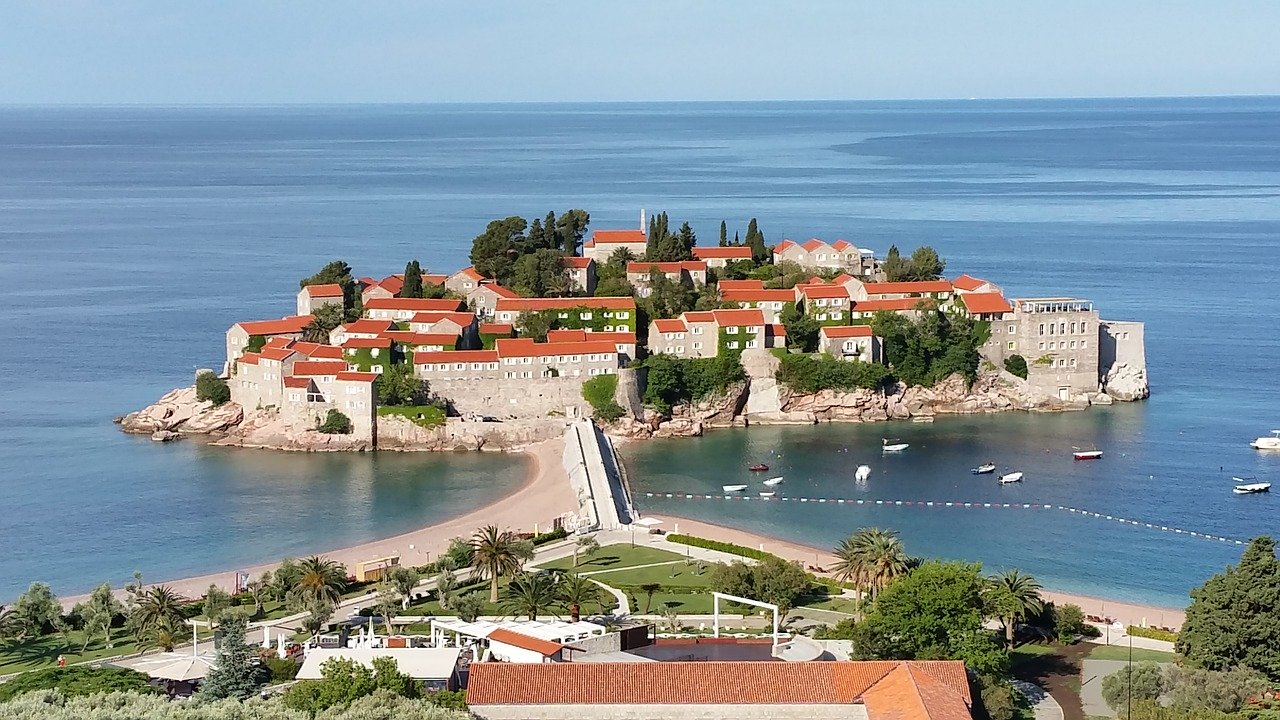Its history is woven into the fabric of time, as archaeological evidence suggests it to be one of the oldest human settlements on the continent. The esteemed Ohrid city and its pristine counterpart, Ohrid Lake, earned their rightful spot on the UNESCO World Heritage list in 1980. This recognition stems from Ohrid’s profound cultural and historical significance, showcasing a legacy that spans millennia.
In the annals of antiquity, Ohrid Lake and its surroundings were once inhabited by the Illyrian Tribe of Enkeleys, adding a layer of authenticity to the region’s heritage. The Romans, known for their poetic nomenclature, bestowed upon the lake the name “Lyhnidas” – an appellation that conjures images of luminosity and brilliance, aptly capturing the lake’s shimmering beauty against the backdrop of its ancient landscape.
Unveiling Europe’s captivating history and natural allure, Ohrid beckons as an essential stop on the illuminating “Tour of Albania, Montenegro, Kosovo & N. Macedonia in 15 days.”
















































Comments